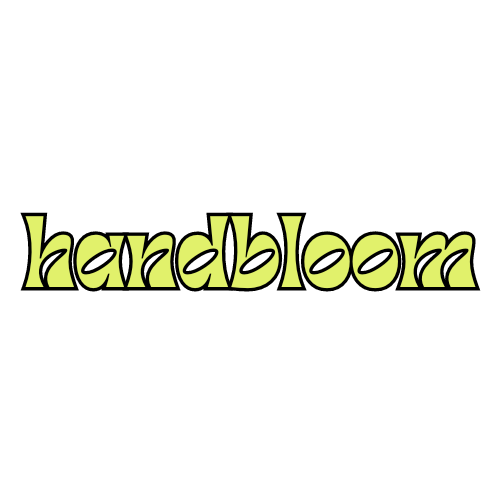But even before sustainability was quite the buzzword. Our culture have had it all figured out. Living was designed around nature. Natural resource optimization, zero waste, holistic health have been underlying features of our culture.
- It is eco friendly in nature
- Its removal helps to conserve water and rejuvenate the environment.
- It helps to create Sustainable livelihoods & inclusive growth in rural areas.
- It provides opportunity to earn as per the skills of the artisans.
2. Zero waste approach.
Not only in terms of products but also food and fashion. Take the traditional Indian kitchen for instance, the one of dadis and nanis used to manage. Back then there was always a way to use leftovers. The traditional Indian kitchen was equipped with so much less in terms of ease and comfort but still offered so much more in terms of holistic health. A few honorable mentions: cookware made of clay and natural metals, slow cooking with fresh, local and seasonal ingredients, use of millets all of this contributed to the holistic wellbeing.
3. Designed to meet a specific need.
All things crafted were functional, sustainable (both environmentally & economical) and aesthetically pleasing. If we look closely, handcrafted products are a craftsperson's expression of design, one that is thoughtful, fosters creativity and is meant for a specific purpose. For instance this elephant shaped piggy bank is not merely a drawing room decor but serves a purpose too.
Environment, economy and ecology were all taken care of with one stride. For example the culture of cane craft in Assam. Cane and bamboo is found in abundance in Assam. Since the olden times, the excess grass was picked, dried and woven by hand into storage, furniture, kitchen utility items and more. This abundant resource that the nature gives was beautifully woven in the very fabric of their existence. This still continues. Coiled cane weave is one of the oldest and aesthetically pleasing products that takes forward the cane legacy.
4.Made by hand or with the help of minimum tools.
Sustainability is defined as "meeting the needs of the present without compromising the ability of
Whereas on the other hand, craft is defined as “Artisanal products are those produced by artisans, either completely by hand, or with the help of hand tools or even mechanical means, as long as the direct manual contribution of the artisan remains the most substantial component of the finished product. Hence the end product is.
It is a no brainer that indian craft have an element of sustainability woven in the very fabric of the entire process - from procurement, to creation and then usage. So, let us go green .Choose Indian handicraft. Let us begin our mindful journey right here.
References
https://asrlms.assam.gov.in/frontimpotentdata/asomi-product-water-hyacinth
https://uis.unesco.org/en/glossary-term/craft-or-artisanal-products
https://www.un.org/en/academic-impact/sustainability#:~:text=In%201987%2C%20the%20United%20Nations,to%20meet%20their%20own%20needs.%E2%80%9D

